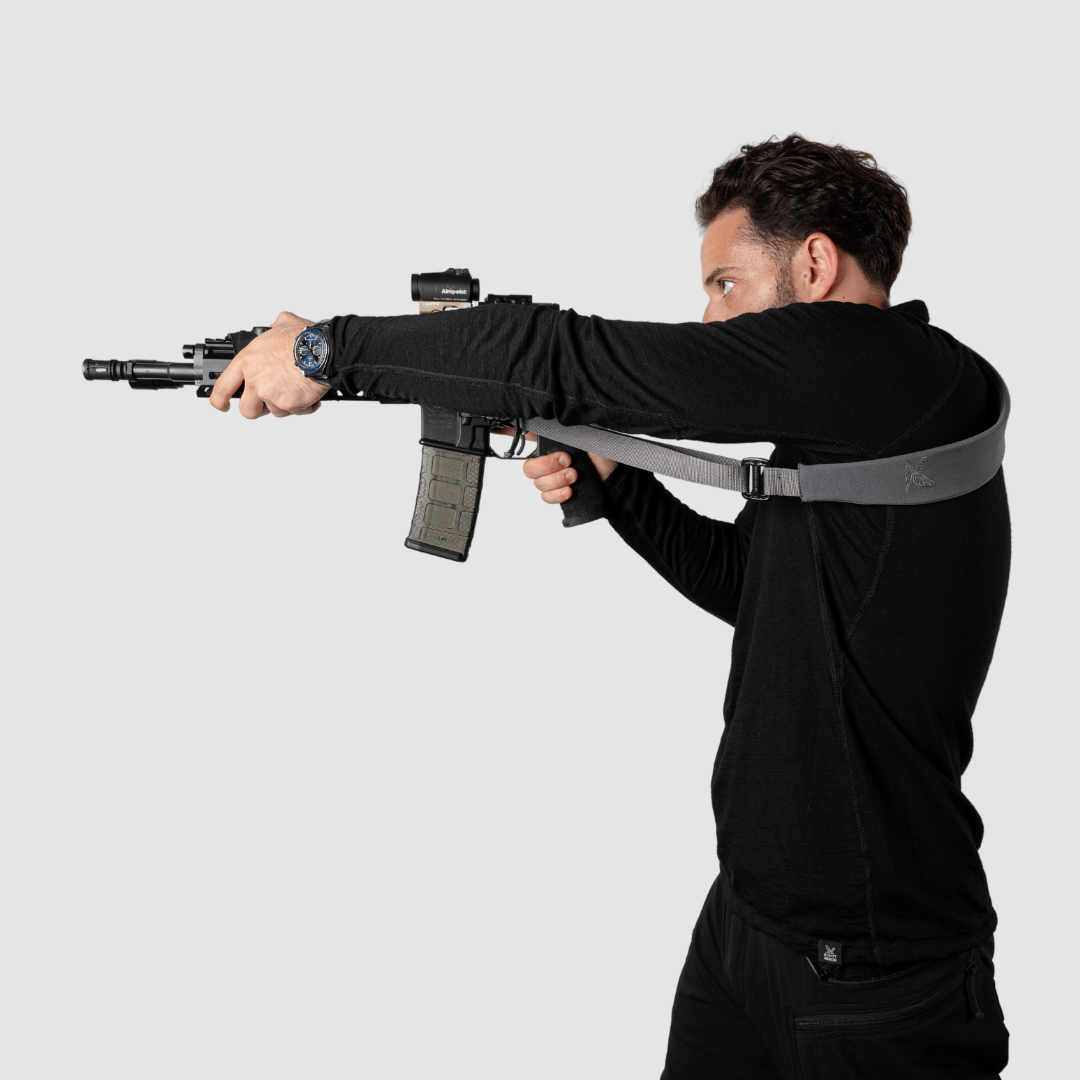Understanding FR, No Melt / No Drip, and Synthetic Fabrics
In operational apparel, material choice is far more important than comfort or style; it determines protection, mobility, and durability. Under high heat, flash, or explosion, the wrong fabric can melt, adhere to the skin, and cause severe burns. Understanding the difference between FR (Flame Resistant), No Melt / No Drip, and standard synthetic fabrics ensures you choose the right gear for your mission and environment.
2. FR (Flame-Resistant) Fabrics
FR fabrics are designed to self-extinguish when exposed to flames and to avoid melting or dripping. There are two main types of FR fabrics: inherent and treated.
- Inherent FR fabrics are made from flame-resistant fibers such as Nomex®, Kermel®, PBI®, or modacrylic blends, meaning the protection is built into the molecular structure of the fiber and does not wash out or wear off.
- Treated FR fabrics are made by applying a chemical treatment to standard fibers. They offer a more economical solution but can lose their protective properties over time with repeated washing or heavy use.
FR clothing is essential for:
- Vehicle crews exposed to fuel or explosion hazards
- Breachers, EOD, and demolitions personnel
- Units operating in confined or high-risk environments
Advantages: Reliable, certified protection that does not wash out in inherent fabrics.
Trade-offs: Heavier feel, reduced stretch, and lower breathability compared to non-FR materials, although modern developments now allow lighter, more flexible FR blends.
Applications: Vehicle crews, breaching teams, and personnel working near fuel, explosives, or ignition sources.
3. No Melt / No Drip (NMND) Fabrics
No Melt / No Drip fabrics represent a hybrid category between standard synthetics and full FR. They are not fully flame-resistant but are engineered to resist melting and dripping during short-term heat exposure. Instead of liquefying like ordinary nylon, NMND fabrics char or harden, providing a vital margin of safety.
Typically, NMND fabrics use high-tenacity nylon 6.6, polyester blends, or other engineered yarns designed to perform better under thermal stress.
Advantages:
- Lighter and more breathable than full FR
- Fast drying and comfortable for active use
- More affordable and versatile for general combat missions
Applications: Assault teams and patrol elements, and any environment with moderate flash risk where full FR protection is not mandatory.
4. Standard Synthetic Fabrics
Standard synthetics such as nylon, polyester, or spandex deliver excellent comfort, flexibility, and quick-drying performance, but they will melt when exposed to flame or extreme heat.
They are suitable for:
- Clandestine and covert missions
- Maritime operations (where flame hazards are minimal)
- Training and general non-combat environments
However, they should never be used as an underlayer beneath armor or near open flame during operations.
5. How to Choose
Choosing correctly means balancing threat level, comfort, and mobility. Not every mission requires full FR, but ignoring heat risk can have serious consequences.
| Operational Environment | Recommended Fabric Type |
|---|---|
| Vehicle, breaching, demolition environments, ground troops near tanks | FR |
| Assault teams, CQB, patrol | No Melt / No Drip |
| Clandestine, maritime, reconnaissance operations | Performance Synthetic |
6. Night Heron’s Approach
Every Night Heron garment begins with one question: what environment will it face?
The Echo Series incorporates FR and NMND fabrics where exposure to heat, flame, or confined-space explosions is possible, maintaining comfort without compromising safety.
The Alpha Series uses lightweight, fast-drying high-performance synthetic materials, built for clandestine, covert, and high-mobility missions where reduced signature and speed are critical.
Fabric choice is not a marketing feature, it is an operational decision built into the design logic of each collection.
7. Conclusion
FR fabrics protect against real flame exposure.
No Melt / No Drip provides a balance between safety and mobility.
Standard synthetics remain practical for training and everyday use.
Know your environment, and equip accordingly. In professional gear, material selection is part of mission planning.






0 comments